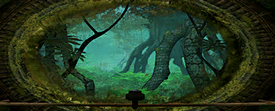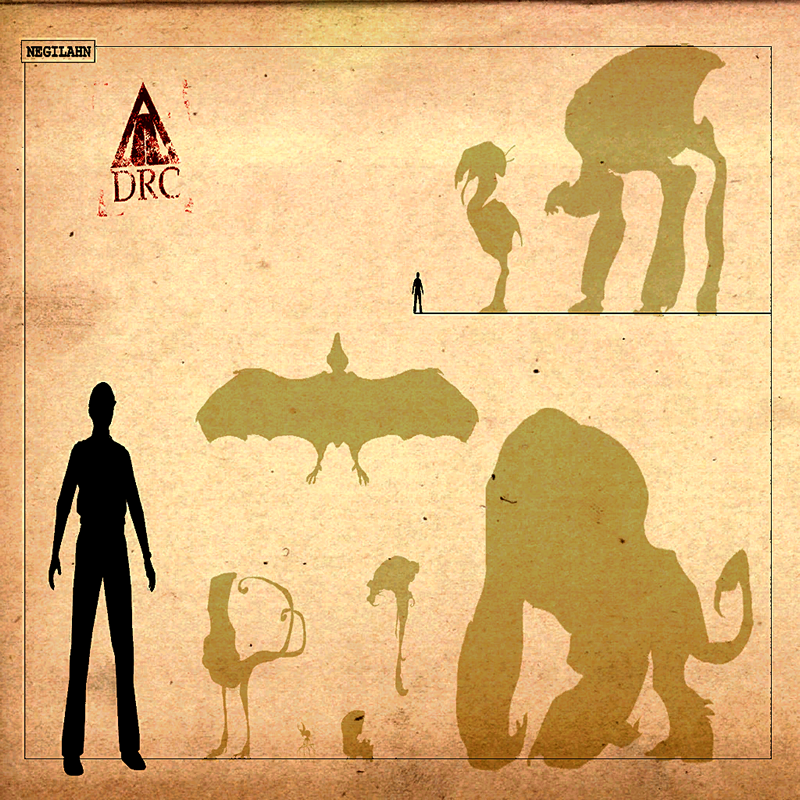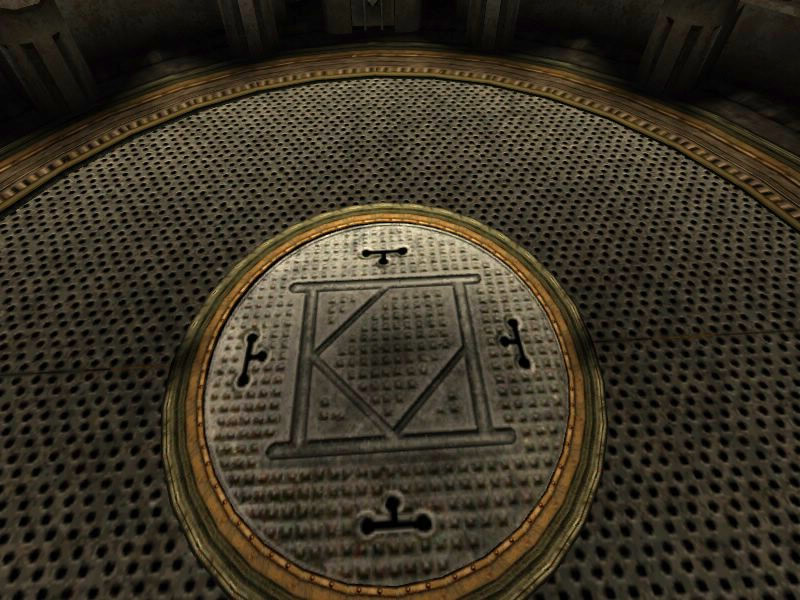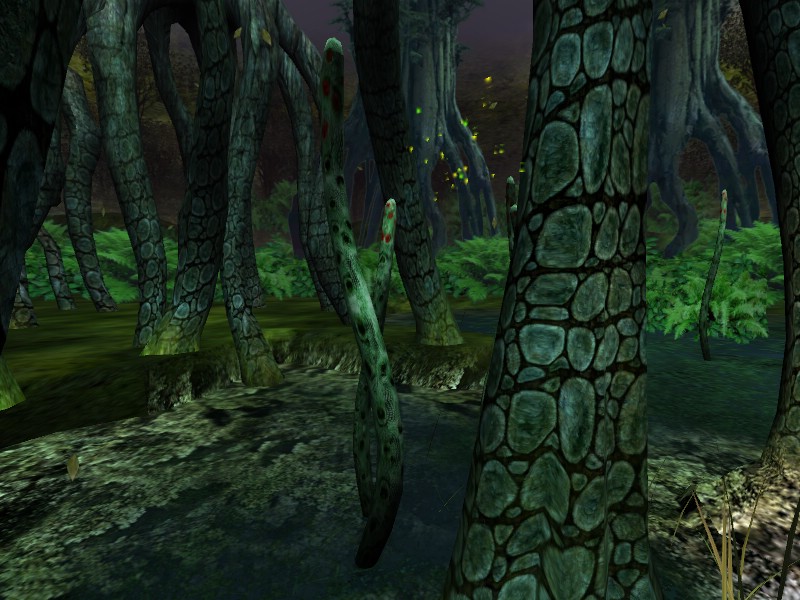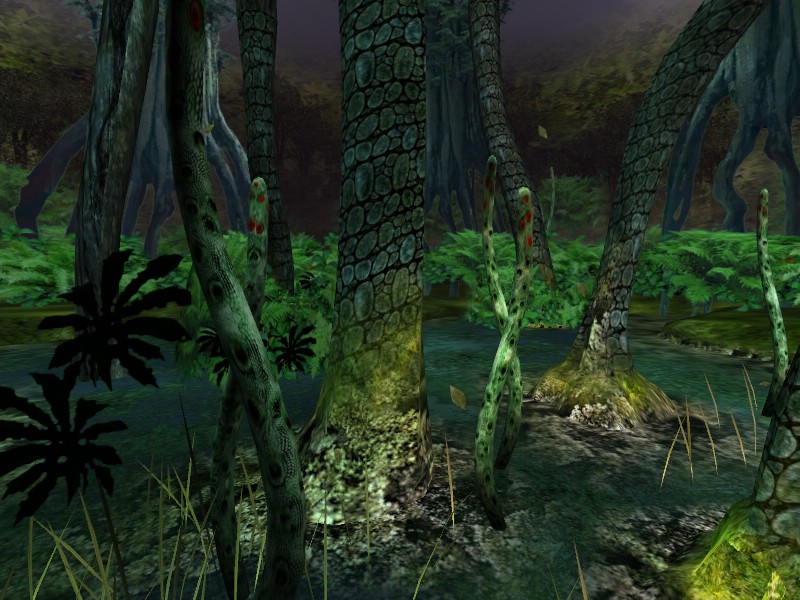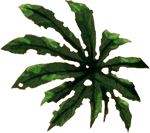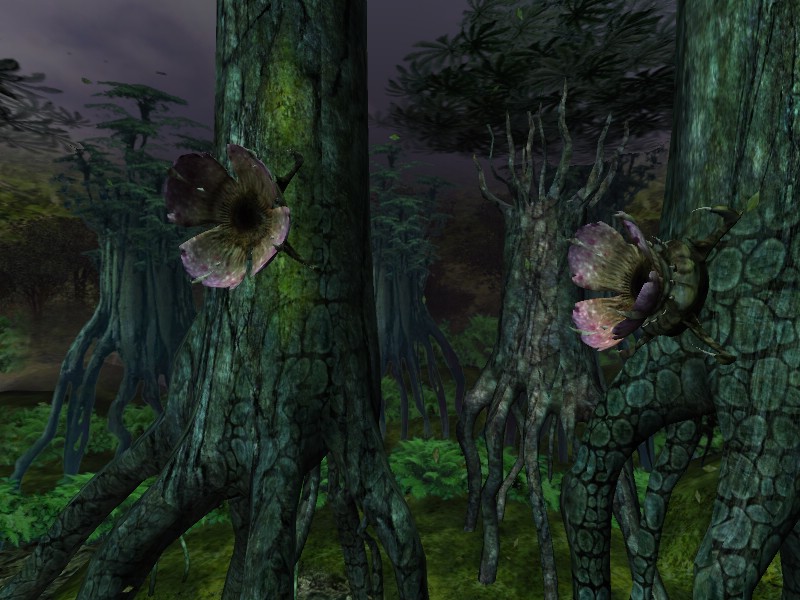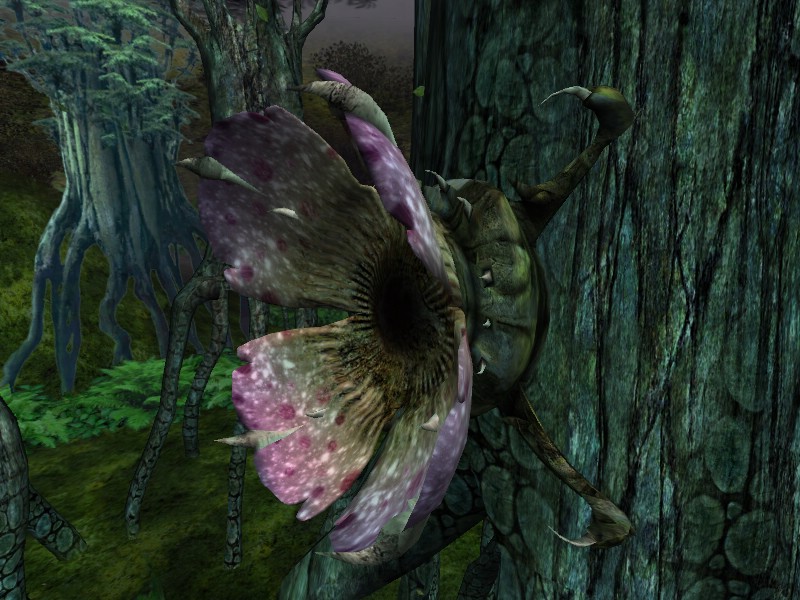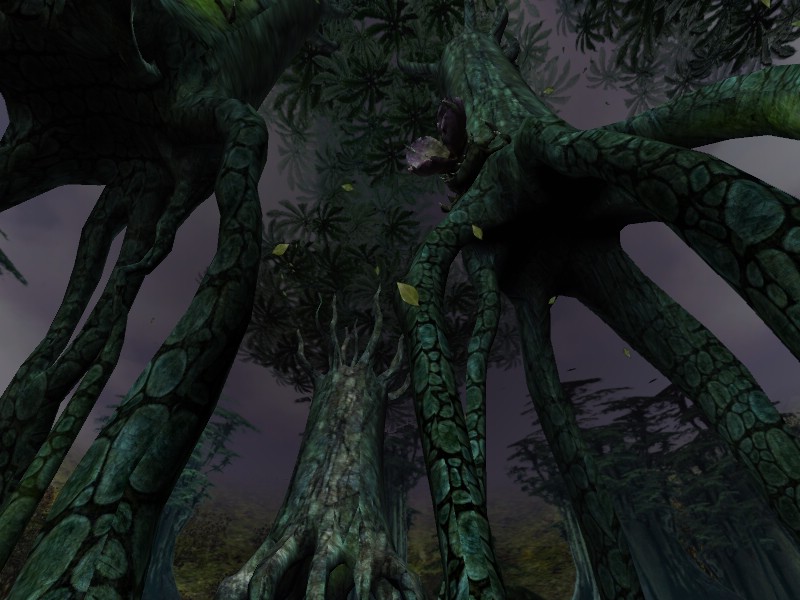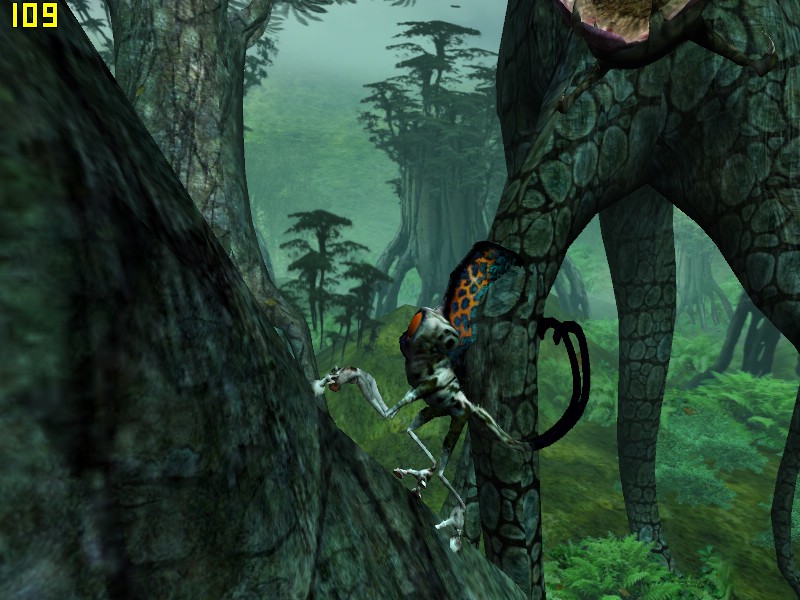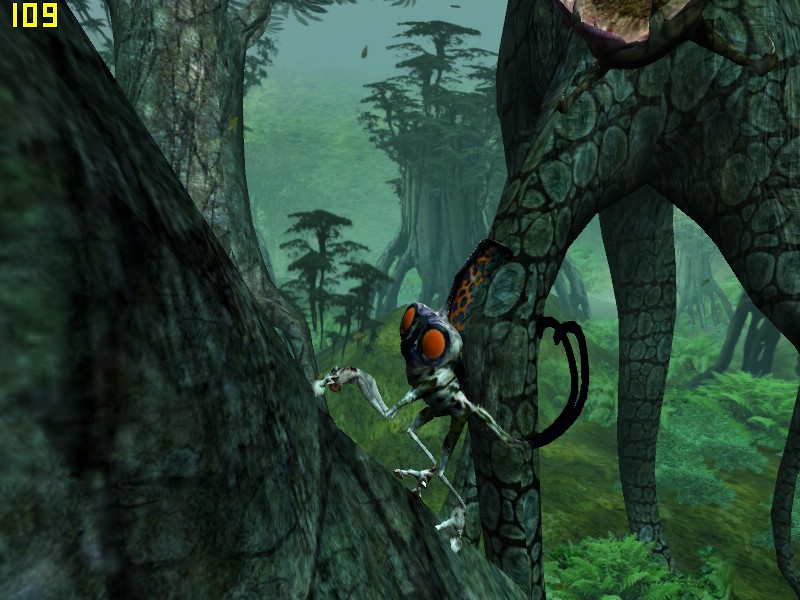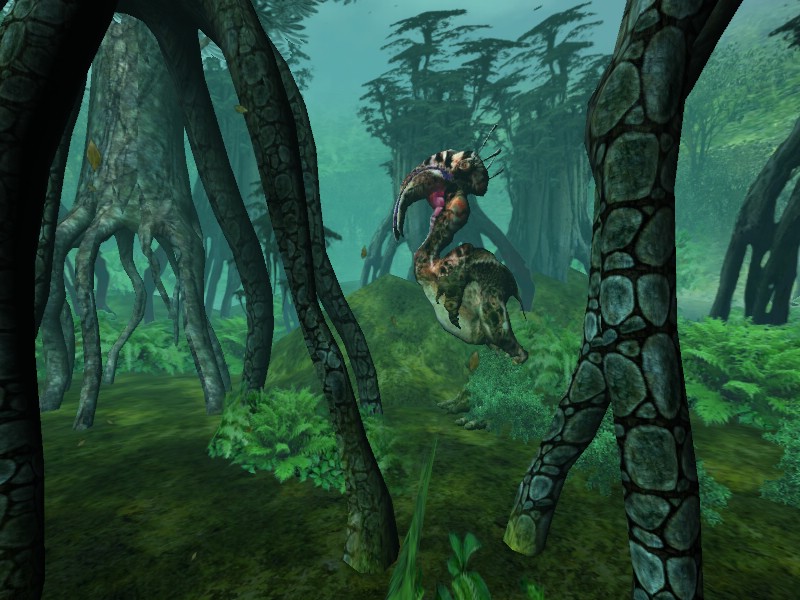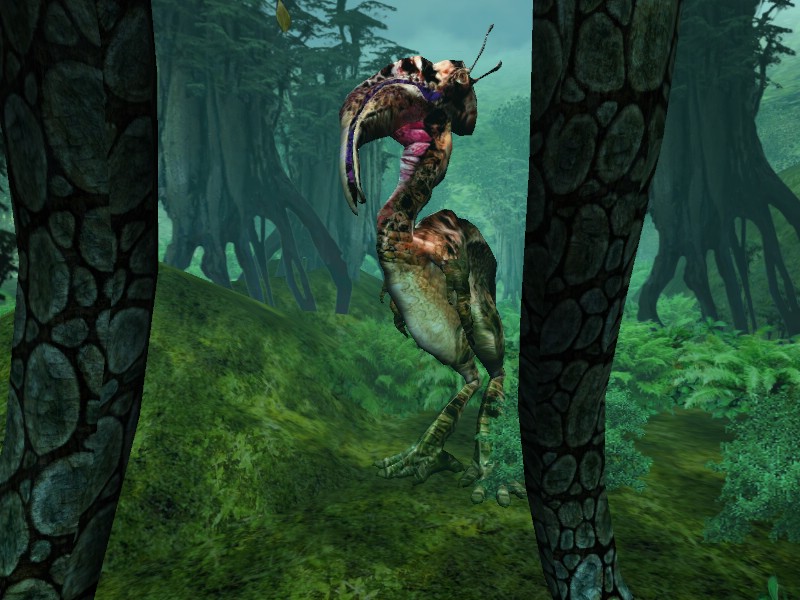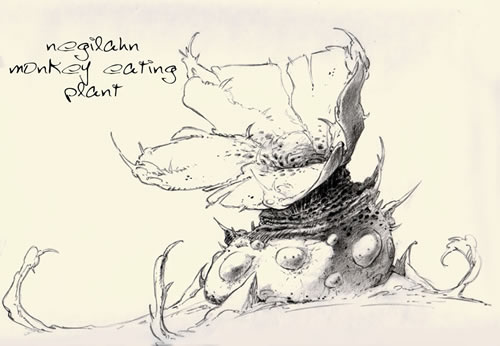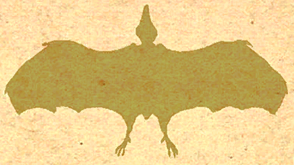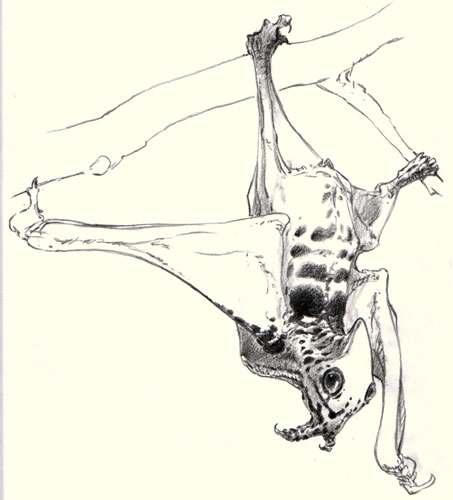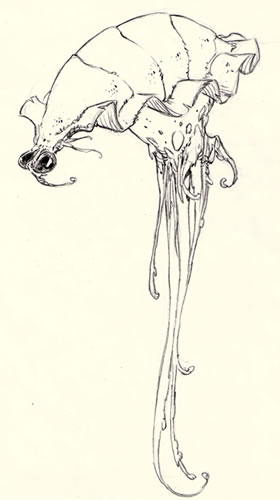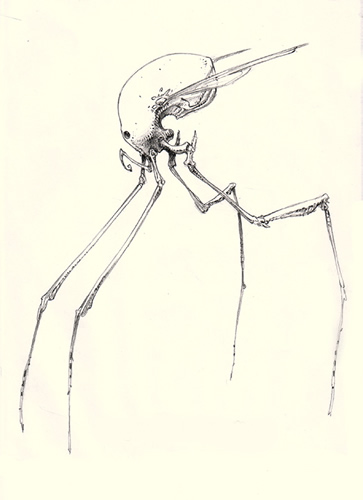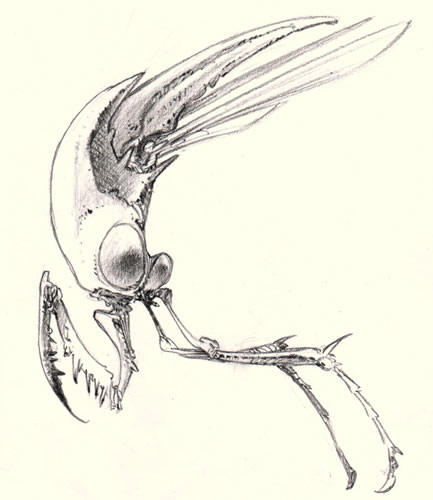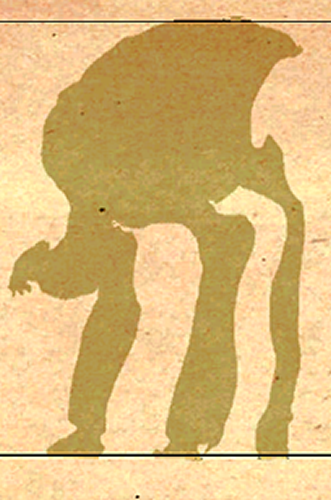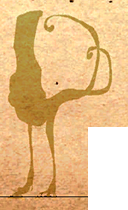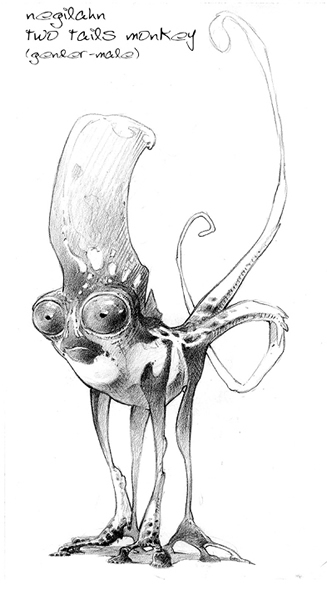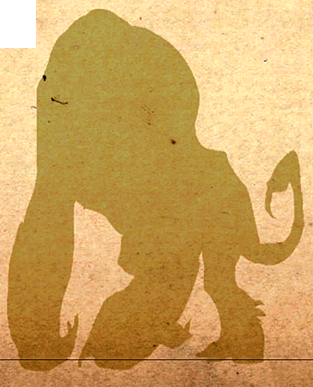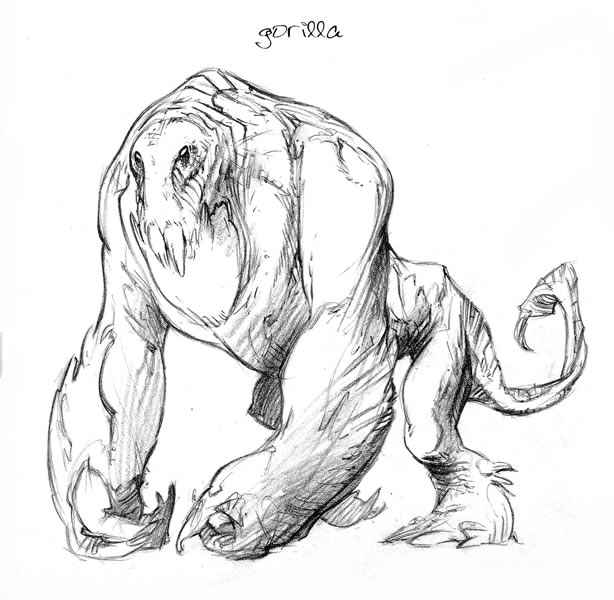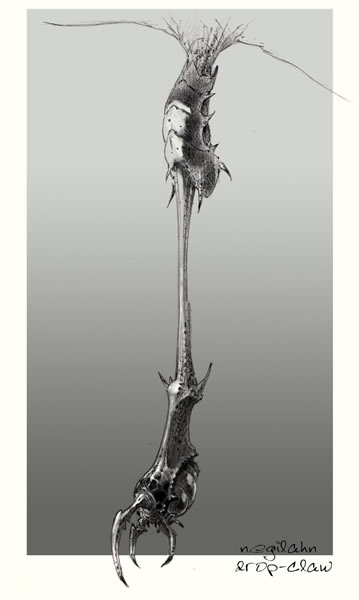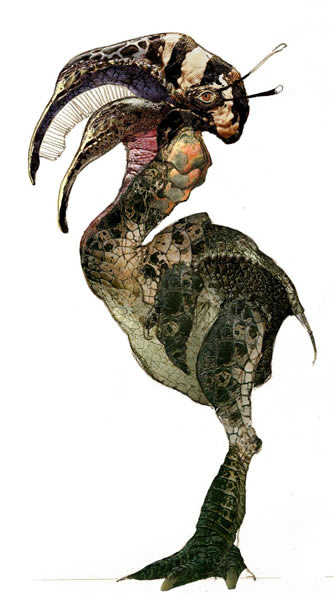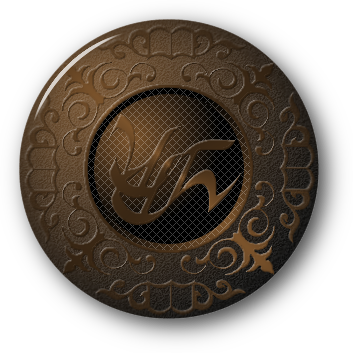

|
|
Negilahn is a small continent or large island covered in forests and jungles located southwest of Payiferen. It's home to one of the most diverse ecologies on the planet. The DRC has cataloged seven or eight major types of animal in the area around the pod. Sadly, most of the large creatures of the district were systematically destroyed, and the area is almost devoid of its normal fauna now. Douglas Sharper was asked to investigate, and learned that a group of freed Bahro had apparently developed a taste for hunting. They were brutally killing every animal they could find. This was halted by the Bahro that sided with Yeesha, but the effect remains. The district will probably take many decades to recover. This chart can be found on the folding table that holds the map of the pods. It shows several, but not all, of the animals listed by the D'ni as living here. From a D'ni introductory pamphlet said to have been translated from D'ni, we have the following information. "Gipeli are another of Negilahn's smaller creatures, although they are a much more colorful variety then the kiri. Gipeli can often be seen gliding through the air and are a favorite treat for reepah. Nerim are slow moving and a beautiful native inhabitant of Negilahn. During mating seasons, especially at night, you have a good chance of being witness to some beautiful displays by female nerim. Ask a nearby Museum Guide for more information on nerim mating season. Oocha para, often seen dangling under trees, are actually young tarpin shal. See if you can follow the tarpin shal life cycle. We'll give you a small hint: you will need to pay close attention to gahtsai. Pumi hunt in packs and often eat the babies of Negilahn's other inhabitants. Pumi will prey on sick, small, or weak adults much larger than them. Pumi like to jump from tree to tree so you'll have to be quick. See if you can find what likes to eat pumi. We'll give you a hint: they eat very slowly and live high in the trees. Another of Negiliahn's inhabitants are fun-loving creatures that like to eat nerim, gipeli and other plants and animals. We'll tell you now that, however, that they are timid creatures and we often find them far away from the pod. If you happen to see a reepah, consider yourself lucky. Gahtsai are usually pretty easy to spot, especially when they are resting, so we'll let you see if you can find them without any hints. If you see one, notice its stripes; no two patterns are the same. Though urwin are technically birds, they can't fly! However, with all the kiri around, they don't need to. Urwin are the only Negilahn inhabitants that mate for life and are often seen in pairs. If you get the chance to see a panuhdoy, you'll know why it has the name it does. That's all we will tell you. The tarpin shal is Negilahn's most famous creature and if you get a chance to see one drop down on an unsuspecting animal below it, you'll know why. You'll have to look carefully on the high branches. They are sometimes hard to see but they are worth the effort."
Negilahn hosts pod number 18. This is a hatch cover from the floor of the pod. It's not for an exit; it's more likely an access hatch for the battery compartment.
The most striking feature of Negilahn are the giant trees that have exposed root structures that rise high above the ground. They were dubbed stilt trees by the D'ni Zoological Society because of the long root structure. The density of the plant life varies, but the stilt trees are a constant across the landscape. This picture shows the edge of a jungle region opening into a less dense forest.
Outside the pod is a dense forest, with clouds of kiri in the air. Kiri, or "krillfly" are one of the Negilahn versions of fireflies and there are more than one species of animal called by the name. They fly in swarms in a similar fashion to the fireflies of Direbo and Eder Kēmo, although they are not attracted to passing animals like Kēmo fireflies are. Kiri glow a mix of greens and golds, and are one of the base animal types in the local food web. Immediately outside the pod is a mix of solid ground and a marshy bog. The tall, thin plants with the red spots near the tips were called snake plants by the DZS. The ground outside the marsh is covered with moss. The lizard-like pattern is the bark on the roots of the stilt trees. In this picture, you can also seen ferns, grasses, and algae. There are smaller trees in the distance.
In this picture, you have a better view of a sampling of the marsh plants. The dark objects in the foreground are leaves from the canopy of a stilt tree. They have a complex form. You can also see simpler leaves falling.
Here's a stilt tree leaf so you can see what they look like.
These ferocious looking things are a monkey-eating plants, or bezol pumi in D'ni. The DZS called them piranha flowers because of their appearance.
Here is a look upward from the ground under a trio of stilt trees.
Wildlife:This small animal is a pumi. It's also known as a two-tailed monkey because of the way it behaves, although it's completely unrelated to Earth monkeys. Pumi are adept at navigating among the stilt trees, and can leap amazing distances, often jumping from one tree to another.
The largest living creature to still be found in the district around the pod is the urwin. Urwin are large, flightless birds with plates similar to baleen in their mouths. It's believed that they feed mainly on kiri by snapping clouds of them out of the air and trapping them with the plates as they expel excess air.
There are at least two subspecies of urwin known, the Negilahn urwin and the Payiferen urwin. The Payiferen urwin is a desert dweller that is more commonly called the sandskrit.
Breakdown of Negilahn Animals
|
Myst, the Myst logo, and all games and books in the Myst series are registered trademarks and copyrights of Cyan Worlds, Inc. Myst Online: Uru Live is the sole property of Cyan Worlds Inc. The concepts, settings, characters, art, and situations of the Myst series of games and books are copyright Cyan Worlds, Inc. with all rights reserved. I make no claims to any such rights or to the intellectual properties of Cyan Worlds; nor do I intend to profit financially from their work. This web site is a fan work, and is meant solely for the amusement of myself and other fans of the Myst series of games and books. |
